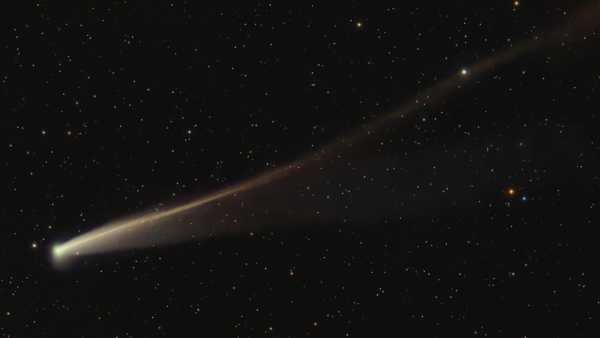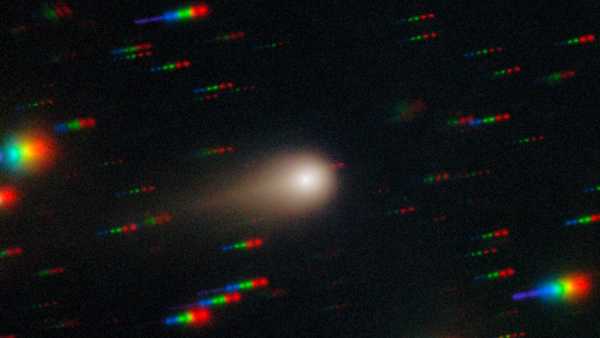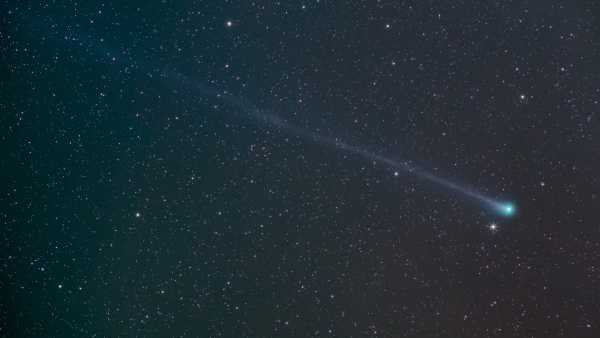
Comet SWAN C/2020 F8, discovered in 2020 by NASA's Solar Wind Anisotropy (SWAN) instrument. (Image credit: Chasing Light — photograph by James Stone james-stone.com via Getty Images)
A comet with a long tail has been spotted near the Sun, and some astronomers predict it will be visible to the naked eye in mid-October—along with another comet predicted to do the same. This could mean two bright comets will be visible in the night sky simultaneously, on the night of the meteor shower's peak.
Comet C/2025 R2 (SWAN), or SWAN R2 for short, was discovered on September 12 by NASA's orbiting Solar Dynamics Observatory, whose Solar Wind Anisotropy (SWAN) instrument is used to search for comets near the Sun. The previously unknown comet was discovered in SWAN images by Ukrainian amateur astronomer Volodymyr Bezuglyi, according to Universe Today. The comet was initially designated SWAN25B. Three days later, the International Astronomical Union's Minor Planet Center classified the object as a comet and renamed it C/2025 R2 (SWAN).
You may like
-
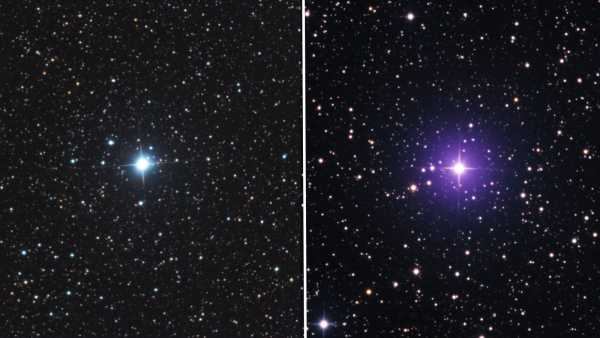
Two 'novas' exploded simultaneously in the night sky – possibly for the first time in history.
-
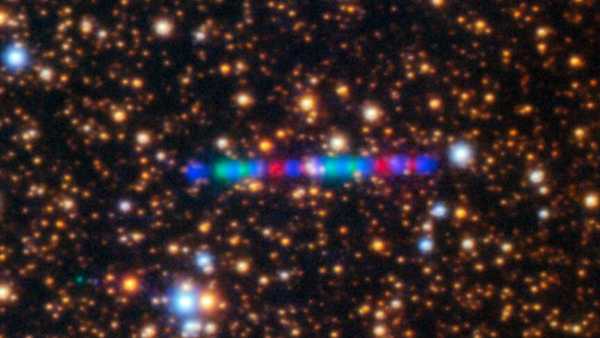
Interstellar Comet 3I/ATLAS Transforms into a Giant “Cosmic Rainbow” in a New, Stunning Telescope Image
-
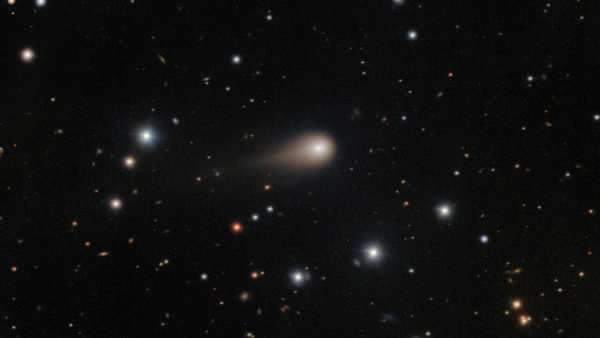
New photographs of comet 3I/ATLAS show its tail growing before our eyes.
While SWAN R2 is still very close to the Sun—passing close to Mars just after sunset and currently best visible from the Southern Hemisphere—that will change on October 21, when SWAN R2 will be just 0.27 astronomical units (AU) from Earth, according to The Sky Live. That's about a quarter of the Earth-Sun distance.
During this time, the comet could reach magnitude 4, potentially making it visible to the naked eye at night, even in the Northern Hemisphere. Earth may even pass through the comet's debris between October 4 and 6, potentially triggering a unique meteor shower. Even if it doesn't brighten enough to be seen with the naked eye, the comet will be easily visible with stargazing binoculars or a good home telescope.
This comet has arrived just as another comet is brightening. Discovered in January during a survey of Mount Lemmon in Arizona, Comet C/2025 A6 (Lemmon) will approach Earth on October 21—the same day that Comet SWAN R2 makes its closest approach. Comet Lemmon will be about 0.60 AU from Earth and will be visible in the morning and evening. According to Space.com, Lemmon could reach magnitude 4, making it observable with the naked eye in dark skies.
RELATED STORIES
— We're expecting a crescent-shaped solar eclipse this weekend. Here's where to see it.
— The 10 Best Stargazing Events of 2025
— Why do asteroids and comets have such strange shapes?
The best nights to observe both comets—if they survive increasingly close approaches to the Sun (which is not guaranteed) and their brightness matches forecasts—will be October 20–23, when they will be closest to Earth. October 21 marks the new moon, when the night sky will be moonless. October 20–21 also marks the peak of the Orionid meteor shower, with approximately 20 shooting stars per hour expected. Don't miss the opportunity to see two bright comets and meteors in dark skies.
The last bright comet visible to the naked eye was Comet C/2020 F3 (NEOWISE) in the summer of 2020, although Comet C/2023 A3 (Tsuchinshan-ATLAS) became visible with binoculars during its close approach to Earth in October 2024.

Jamie Carter, Social Link Navigator, Live Science Contributor
Jamie Carter is a freelance journalist and regular Live Science contributor from Cardiff, UK. He is the author of “Stargazing for Beginners” and lectures on astronomy and nature. Jamie regularly writes for Space.com, TechRadar.com, Forbes Science, BBC Wildlife magazine, Scientific American, and many other publications. He edits the website WhenIsTheNextEclipse.com.
You must verify your public display name before commenting.
Please log out and log back in. You will then be asked to enter a display name.
Exit Read more

Two 'novas' exploded simultaneously in the night sky – possibly for the first time in history.
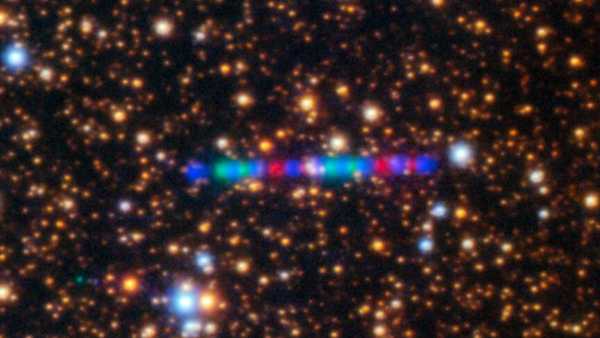
Interstellar Comet 3I/ATLAS Transforms into a Giant “Cosmic Rainbow” in a New, Stunning Telescope Image

New photographs of comet 3I/ATLAS show its tail growing before our eyes.

Two meteor showers will peak on the same night. Here's how to catch them in the thick of it.

The Perseids are about to peak—here's how to watch this magnificent meteor shower without being spoiled by a full moon.
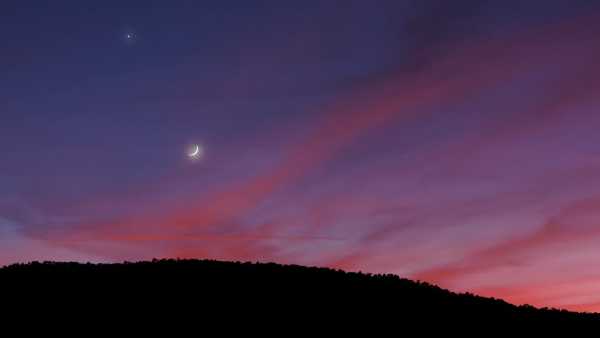
The Moon, Mars, and Meteors: Why July 28 Is the Best Night of the Summer for Skywatching
Latest news about comets
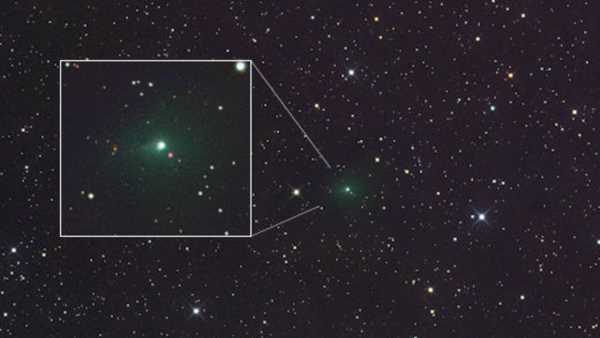
Stunning new photos show interstellar comet 3I/ATLAS may be turning bright green
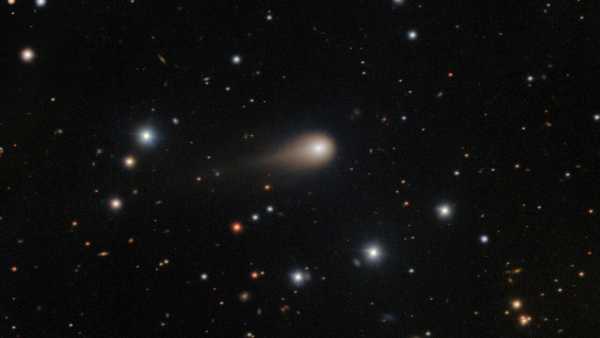
New photographs of comet 3I/ATLAS show its tail growing before our eyes.
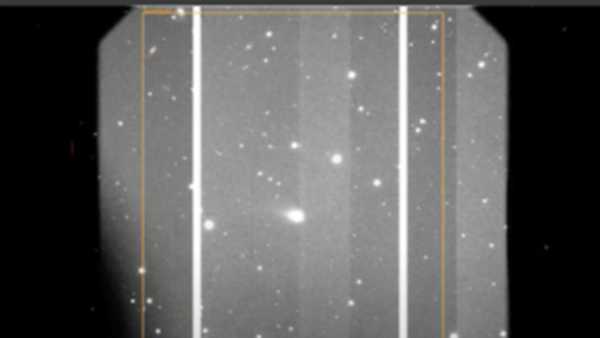
I watched scientists observe the interstellar comet 3I/ATLAS in real time. This is what they saw.
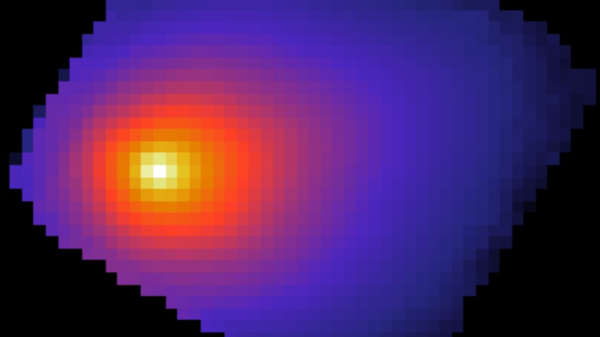
Images from the James Webb Space Telescope show something strange is happening with the interstellar comet 3I/ATLAS.
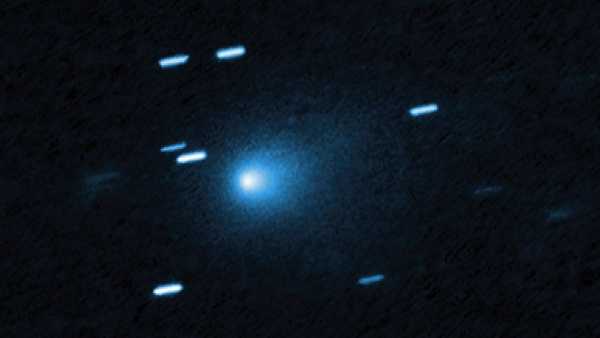
NASA's Hubble Space Telescope has released the most detailed images to date of the interstellar visitor 3I/ATLAS.
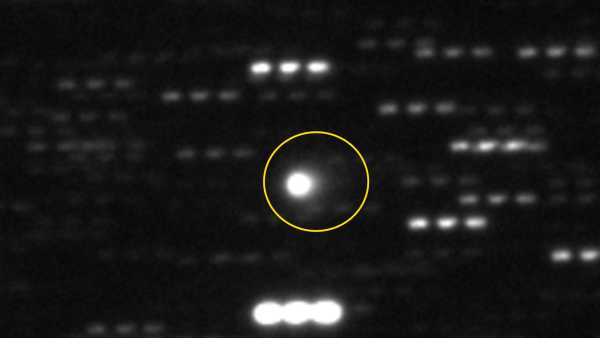
3I/ATLAS is 7 miles wide, making it the largest interstellar object ever observed, new images from the Vera C. Rubin Observatory show.
Latest news
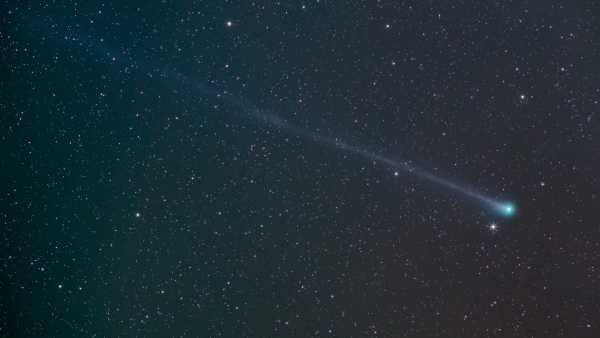
Watch the sky! This October, you'll be able to see two bright comets on the same night during a meteor shower.
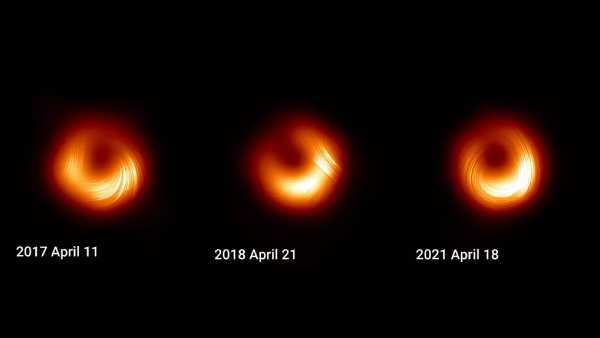
The first black hole ever directly photographed has changed dramatically in just four years, according to a new study.

CDC committee votes to change measles vaccination recommendations for young children

A new report warns that China could overtake the United States to become the leading power in space – and this could happen “in five to 10 years,” an expert says.
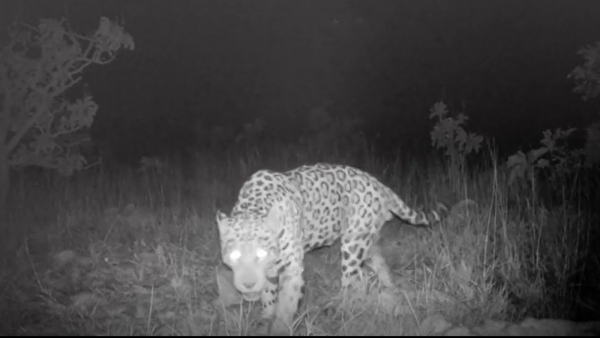
A jaguar in Brazil has broken the record for the longest swim of its kind.
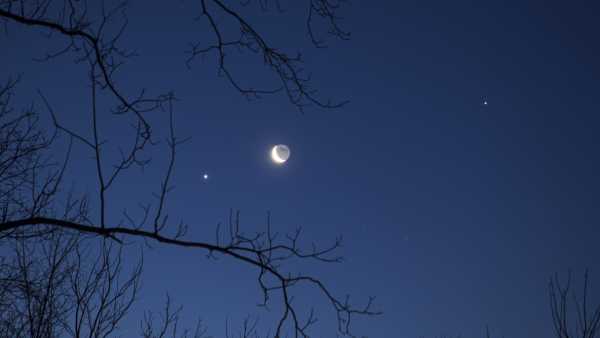
Tomorrow you can see a rare triple conjunction of the Moon, Venus and Regulus.
LATEST ARTICLES

1CDC committee votes to change measles vaccination recommendations for young children
Live Science magazine is part of Future US Inc., an international media group and leading digital publisher. Visit our corporate website.
- About Us
- Contact Future experts
- Terms and Conditions
- Privacy Policy
- Cookie Policy
- Accessibility Statement
- Advertise with us
- Web notifications
- Career
- Editorial standards
- How to present history to us
© Future US, Inc. Full 7th Floor, 130 West 42nd Street, New York, NY 10036.
var dfp_config = { “site_platform”: “vanilla”, “keywords”: “type-news-daily,serversidehawk,videoarticle,van-enable-adviser-
Sourse: www.livescience.com



